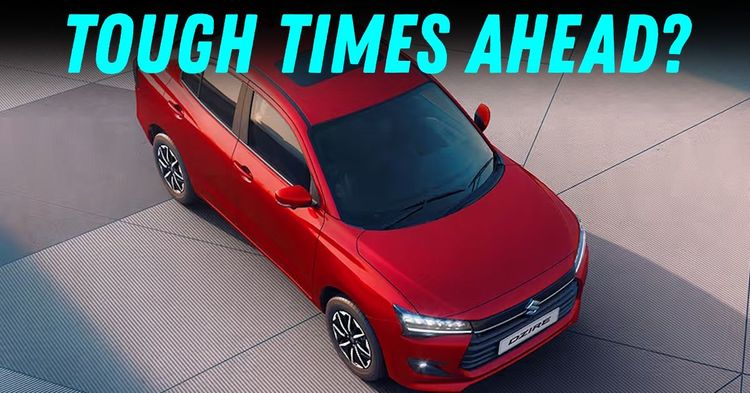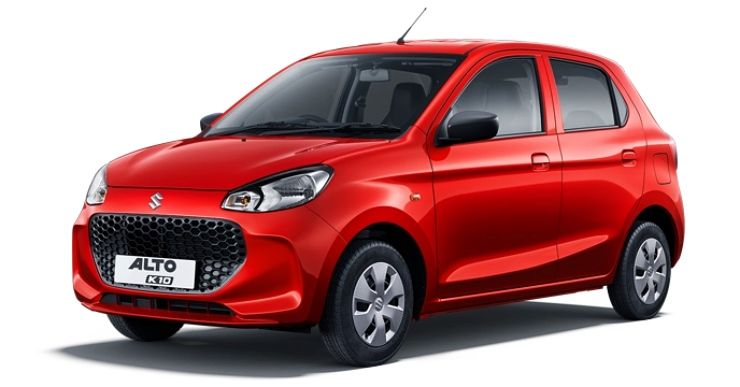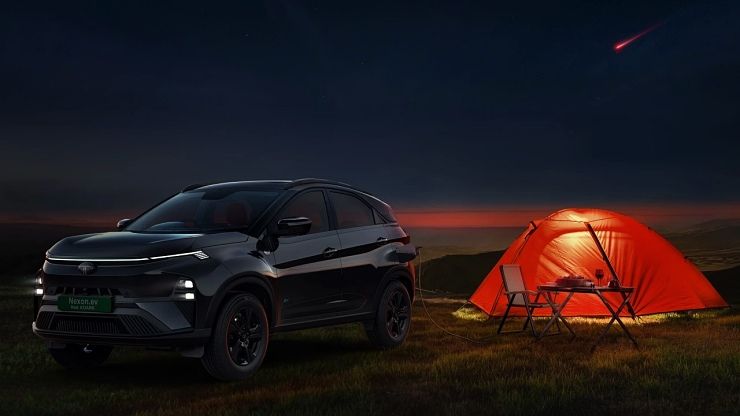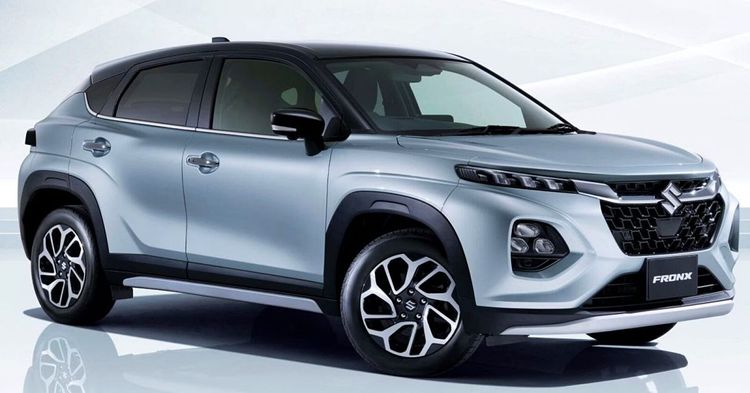Is Maruti Suzuki's Dominance Under Threat?


For decades, Maruti Suzuki has been the first name that comes to mind when thinking about cars on Indian roads. Its cars are everywhere-from narrow city lanes to highways crossing the countryside. The company’s reputation for reliability, affordability, and a vast service network has made it the go-to brand for generations. But as 2025 unfolds, the ground beneath Maruti’s feet seems to be shifting. The latest sales figures from January to April suggest that the company’s dominance, once unshakeable, may now be facing its most serious test yet.

The numbers for the first four months of 2025 tell a revealing story. Maruti Suzuki still sells more cars than any other brand by a wide margin. In April, it sold over 1.38 lakh passenger vehicles. Its compact cars-Baleno, Swift, Dzire, WagonR-continue to be popular choices, and the company’s reach remains unmatched.
But beneath the surface, the picture is changing. Maruti’s market share has slipped below 40% for the first time in years. While that might not sound dramatic, it’s a significant shift for a company that once controlled almost half the market. What’s more, Maruti’s sales growth has stalled, even as the overall market inches forward. In April, its sales were actually a bit lower than the same month last year, while the total market grew by just over 1.5%. In a market where rivals are growing, even standing still can feel like falling behind.

The real story of 2025 so far has been the rise of the challengers. Mahindra, for example, has surged ahead with a 25% jump in sales in April, driven largely by its popular SUVs. It has now overtaken both Tata and Hyundai to become the second-largest carmaker in the country. Tata, despite a slight dip in sales, remains a strong presence, especially in electric vehicles. Hyundai, though facing its own challenges, is still a formidable competitor.
What’s striking is how quickly these brands are gaining ground. Mahindra’s focus on SUVs has paid off handsomely, with models like the Scorpio and XUV700 winning over buyers looking for something rugged and stylish. Tata’s early bet on electric vehicles has also started to bear fruit, as more people look for cleaner, greener options.

One of the biggest shifts in recent years has been the growing popularity of SUVs. Buyers are no longer satisfied with just small, practical hatchbacks. They want cars that look bold, promise safety, and offer the latest features. Mahindra and Tata have tapped into this trend with a string of new launches, while Maruti has been slower to catch up. Its own SUV offerings, like the Grand Vitara and Brezza, have seen some success, but they haven’t captured the public’s imagination in the same way as their rivals.
Then there’s the electric vehicle revolution. April 2025 saw record EV sales, with over 12,000 units sold-a 58% jump from last year. Tata, MG, and Mahindra are leading the charge, while Maruti is still waiting in the wings. Its first electric model is expected soon, but for now, it’s missing out on the fastest-growing segment of the market.

Maruti’s strengths are still considerable. Its cars are affordable, easy to maintain, and backed by a service network that reaches even the smallest towns. For many, buying a Maruti is still the safest bet. But the market is changing.
Buyers today want more than just a reliable car-they want style, technology, and a sense of adventure. Rivals are responding to these demands with fresh designs and new features, often at competitive prices.
Financially, Maruti is also feeling the heat. While its sales revenue hit a record in the last quarter, profits have actually slipped. Rising costs and the need to invest in new technology are starting to bite.

So, is Maruti Suzuki’s dominance under threat? The answer is: not immediately, but the warning signs are clear. The company still sits at the top, but the gap is narrowing. Mahindra, Tata, and others are growing faster, especially in the segments that matter most for the future.
Maruti’s response in the coming months will be crucial. The launch of its first electric cars, a renewed push in the SUV market, and the ability to keep prices competitive will all play a part in deciding whether it can stay ahead. For now, the leader is still in front-but the race is getting closer, and the challengers are running hard.